I know some people out there may disagree with me on this, but I’m saying it anyway: the modern Rolls-Royce “Goodwood” cars are the single finest built automobiles in the world today, if not ever. Our Pick of the Day is one of those cars, a 2014 Rolls-Royce Wraith that is listed for sale on ClassicCars.com by a dealer in Pompano Beach, Florida.
I have driven more than 30 of these cars, of various years and models, and each has been nothing short of perfection. It is also important to note that not all of these Rolls-Royces have been low-mile press cars, as many have been well-maintained higher-mileage cars that were for sale used. Yes, you can say the cars from Pagani are amazing but they still lack the perfection that is embodied in every single car that the Rolls-Royce Goodwood factory produces. You might think the Maybach cars built by Mercedes are as good, but having driven these and compared them back-to-back to the Rolls-Royce model, they are not even in the same solar system. What about the cars from Bentley? My friend Nick summed up the difference between Bentley and Rolls well—he stated that a Bentley says you are moving up near the top, but a Rolls says you are comfortably already there.
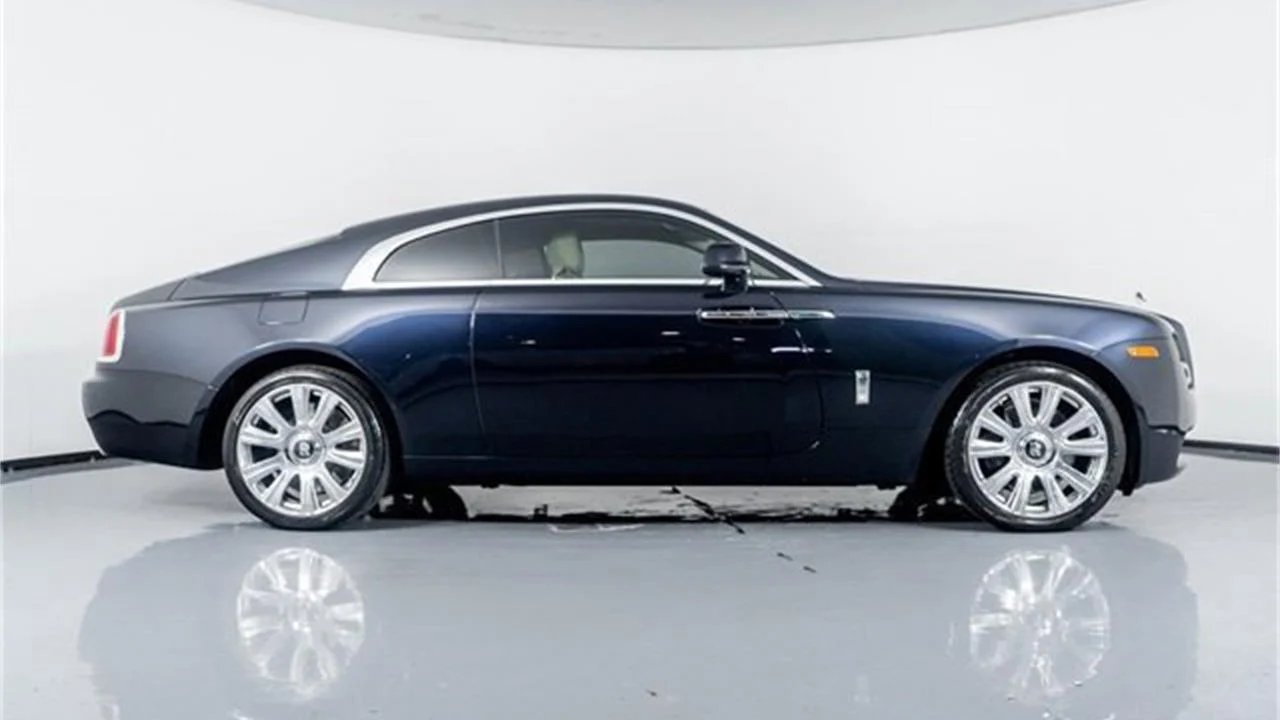
The single biggest barrier to entry for a new Rolls-Royce is, of course, the cost. They are very expensive, starting at $357,750 for the Ghost and moving north from there. Of course, it is possible to find one on the secondhand market for considerably less. While it will have high service costs, these cars are in no way unreliable, and the savings in price makes all the difference. That being said, I would guess that it will cost somewhere between $5,000-8,500/year to properly care for a used, modern Rolls-Royce, and I would still feel comfortable buying one as long as it has been well cared for.
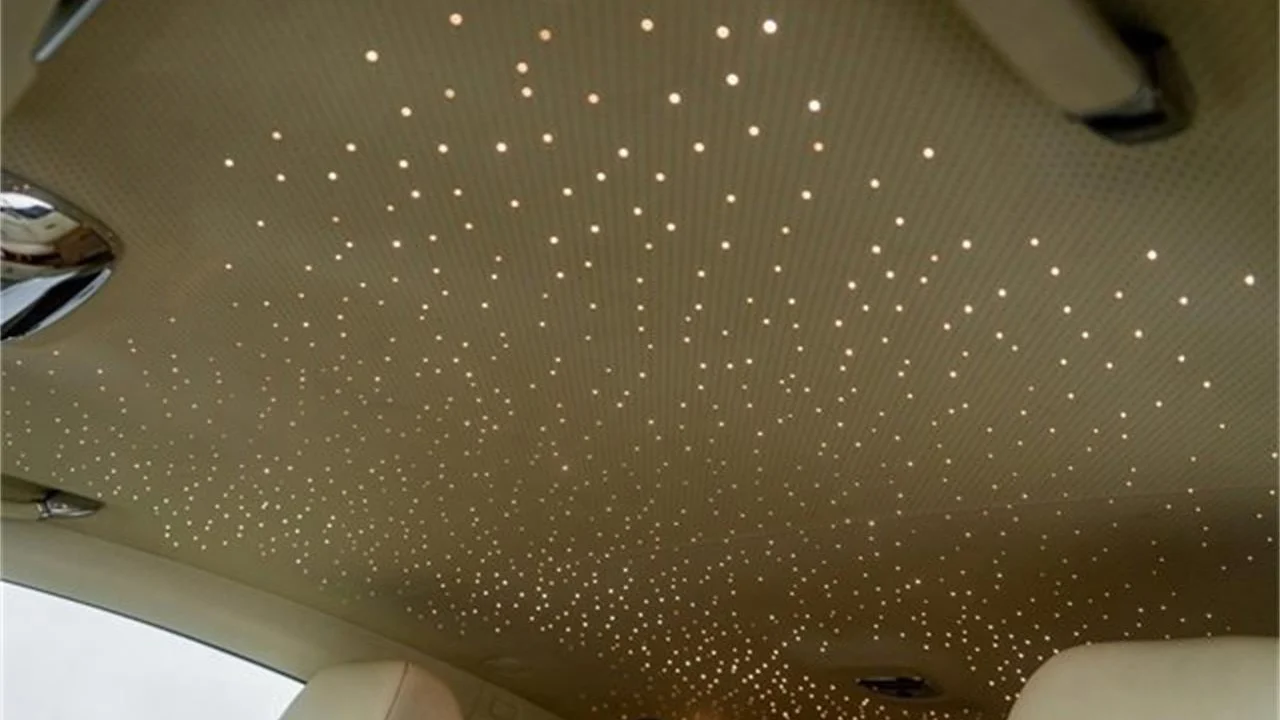
Of the modern Rolls-Royce models, my single favorite is the Wraith, a two-door coupe powered by a V12 Rolls-Royce engine. It was the most driver-orientated car that the Goodwood factory had built at the time, and it’s my single favorite styling exercise they have done (up until the launch of the all-electric Spector).
The Wraith featured here today is painted in stunning Midnight Sapphire with a Light Creme with Navy Blue Accents leather interior.
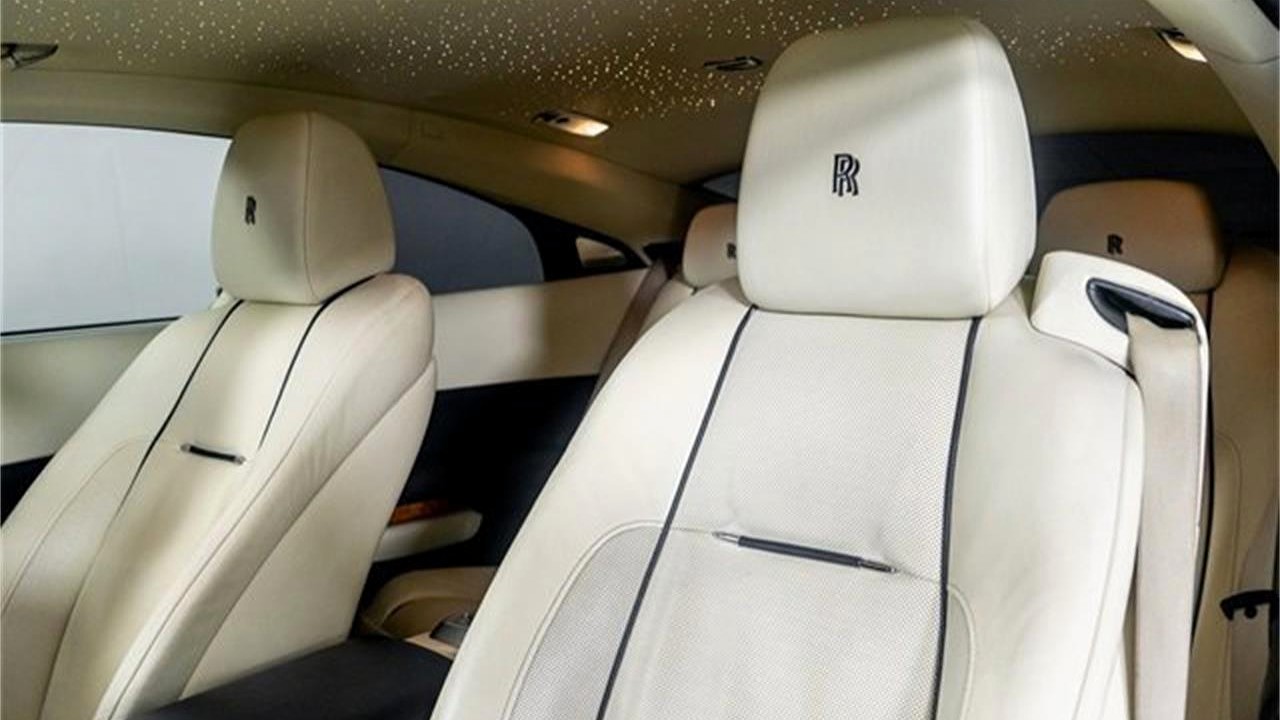
It is extremely well optioned over a standard Wraith and features the following: front massage seats, color-keyed boot trim, Starlight Headliner, RR monogram on all headrests, coastline color, front ventilated seats, and much more.
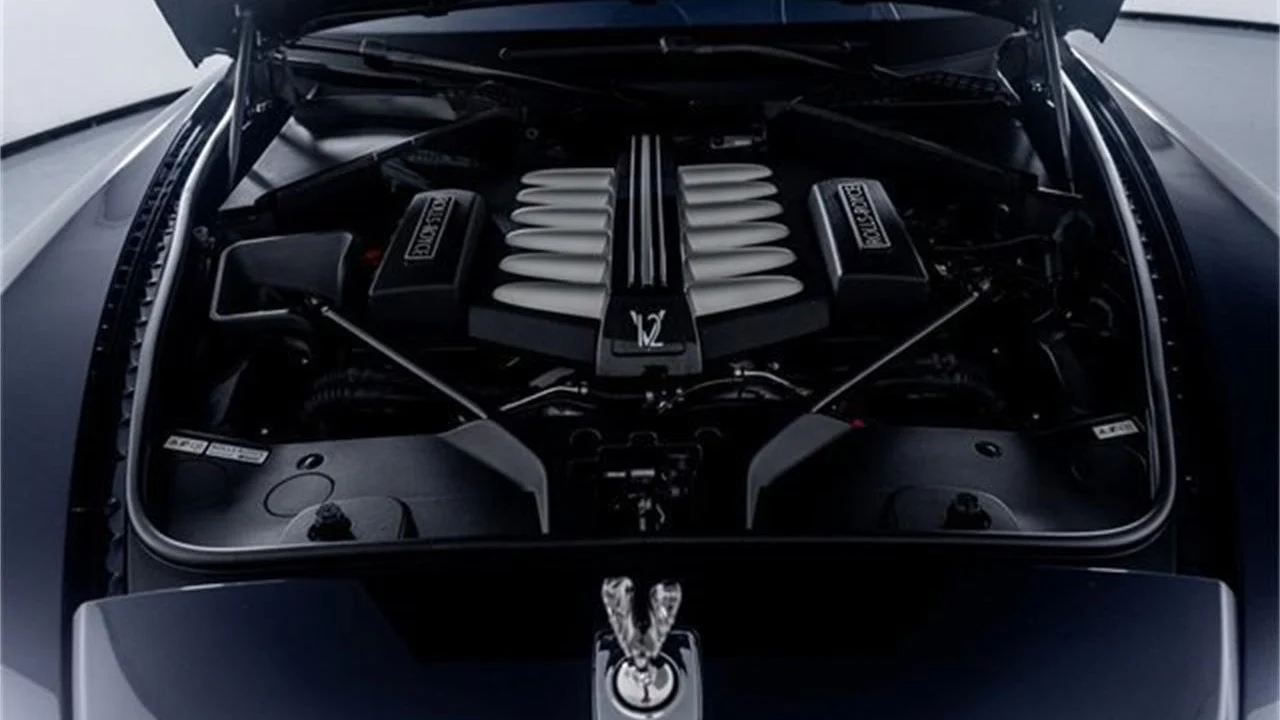
The Wraith is powered by the 6.6-liter turbocharged V12 engine that delivers 623 horsepower, helping this very long (207.4-inch) and heavy (5,379 lbs) car achieve an astounding 0-60 time of 4.4 seconds. This is the fastest accelerating Rolls-Royce ever produced until the introduction of Spectre.
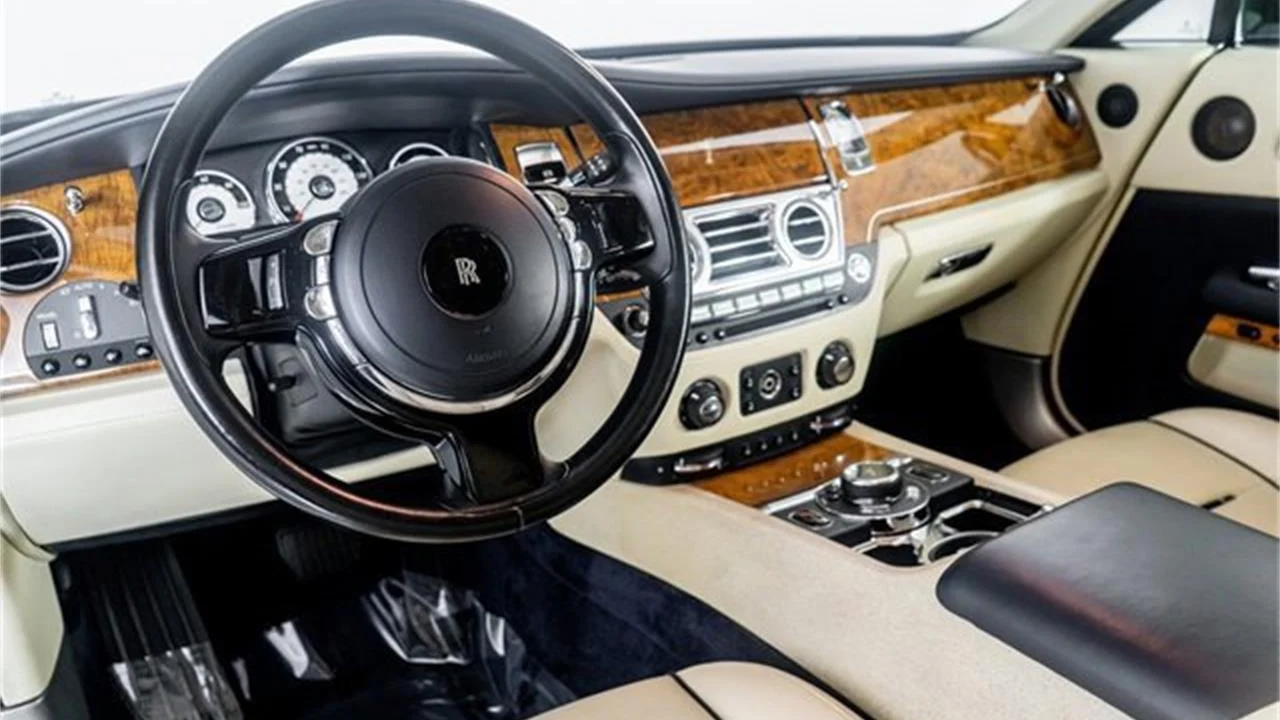
Behind the wheel of a Wraith is something extra special, even when compared to other Rolls-Royces: you have a feeling of not competing in the world of work and finance, but one where you are done competing. It is also a supremely comfortable car that somehow is still a driver’s car. They can be hustled quite hard, much harder than you would guess. I can still remember the first time I drove one and thought that if I was given an unlimited budget and had to choose just one car for the rest of my life, this would be it. Now, 10 years later, I still feel the same way.
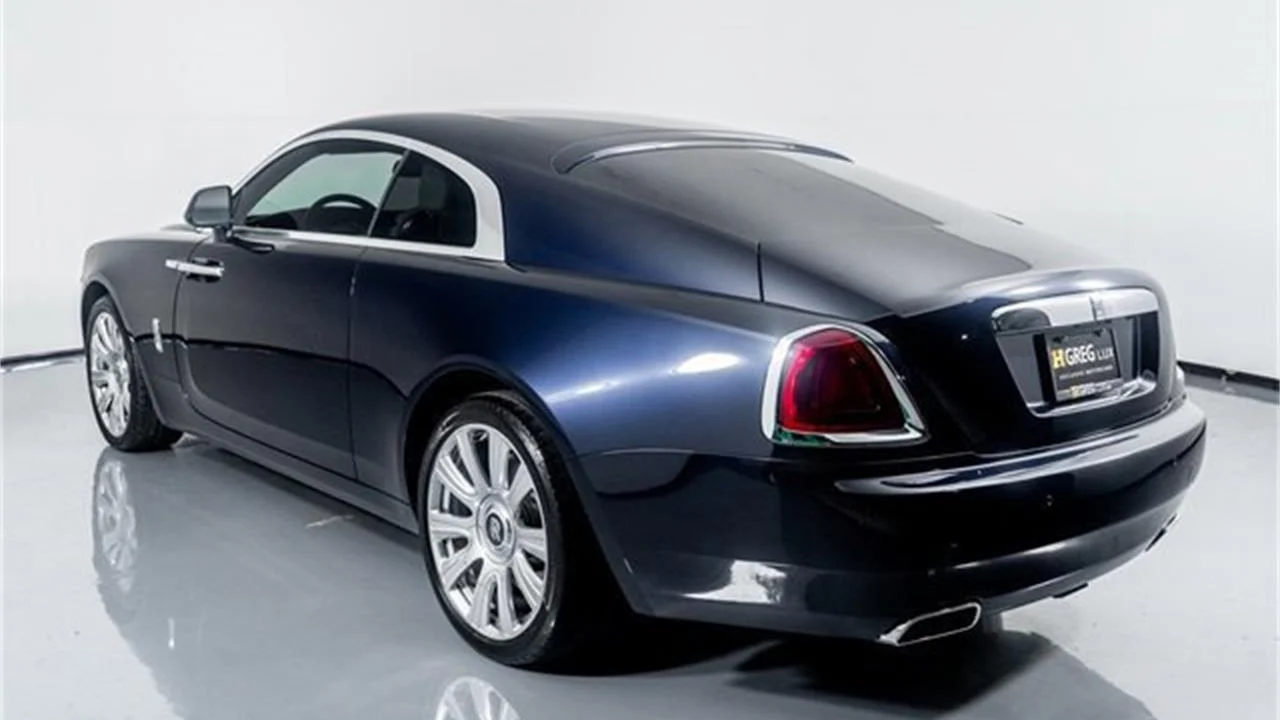
So, what is the cost for perfection? This 33,526-mile 2014 Wraith is being offered for $129,998 (compare with $289,000 for the base price for this car, which was loaded with options beyond that). If the dealer offering this car can come up with its service history, if it has a clean CARFAX, and if it passes an inspection by a Rolls-Royce specialist, then I would say that there is no better car you can get for your money. It is the kind of car that you can literally own the rest of your life. It’s like an A. Lange & Söhne wristwatch. The A. Lange & Söhne is the kind of watch you own when you are done collecting, as you have found and bought the best watch in the world. The Rolls-Royce Wraith is the same level of perfection and signifies the same thing: the best one in the world.
Click here to view this Pick of the Day on ClassicCars.com
























